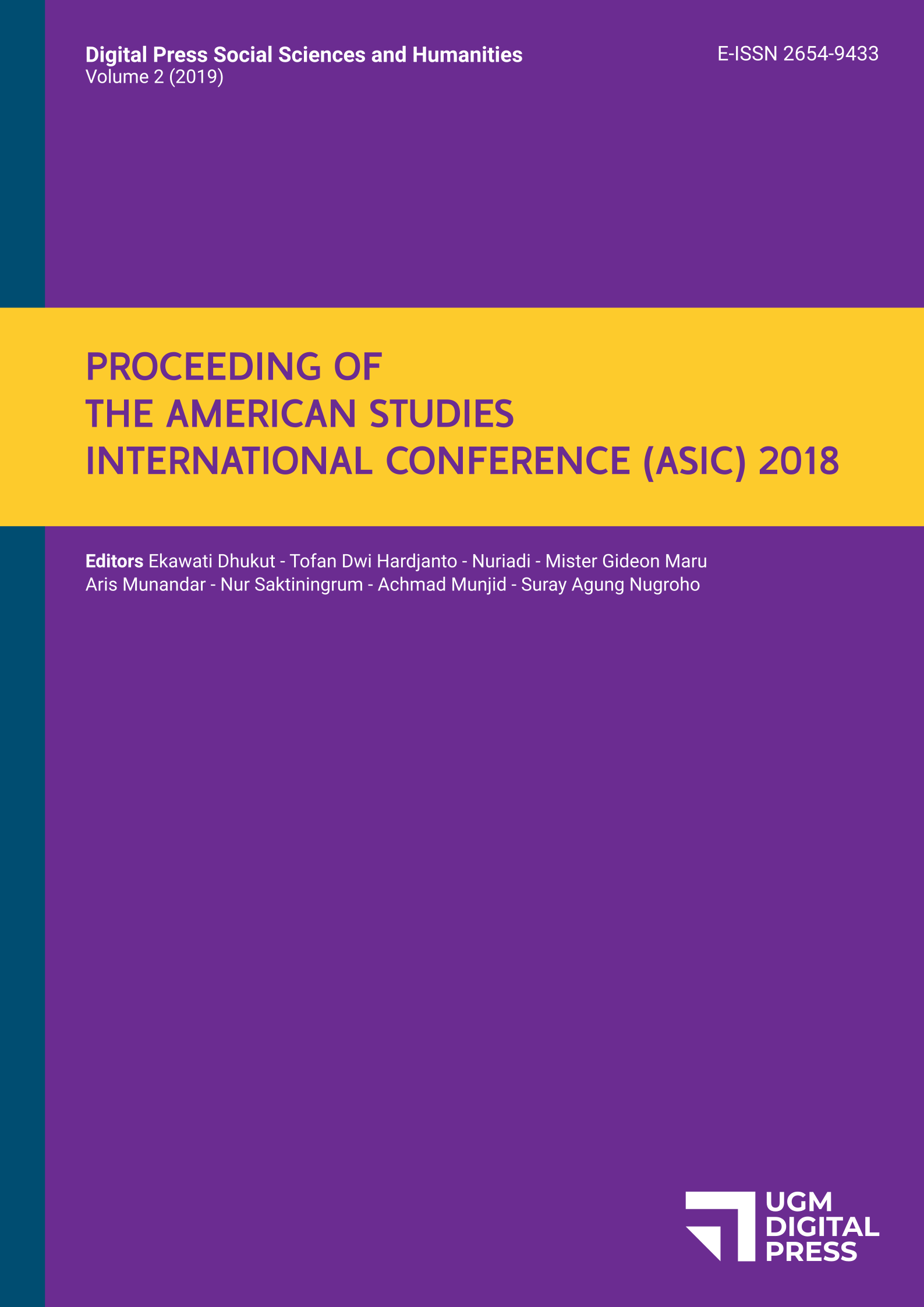Documenting Indigenous Identity in the Internet Era: Lessons from the Composition of Narrawong Town Social Profile in Victoria, Australia
Annisa Istighfari
Master of International Development, RMIT University, Australia
a.istighfari@gmail.com
Abstract
Together with the process of globalization, the advancement of the Internet has created an easy access for researchers to conduct document analysis, which is a low-cost and time-efficient way to gain information about a certain topic. Nevertheless, the resources available on mainstream media mostly come from the Western world, especially the United States. Meanwhile, there are also other sources of knowledge that are inherited within indigenous communities. Reflecting on the experience of composing the community profile of Narrawong, a small town in regional Victoria, Australia, which traditionally belongs to the Gunditjmara people, the author found it challenging to prevent the bias of “modern” information. This bias is due to the limitations in studying the town’s indigenous identity using document analysis as a single method. Coming from this experience, the author explored and analyzed alternative ways in which indigenous knowledge can be documented, such as through interactive maps and public use of traditional language. The author also identified barriers to implementing similar efforts, namely the social structure within indigenous communities and different worldviews held by researchers and communities they work with. The author concludes that in doing documentation process, indigenous communities have to be involved in fruitful dialogues so that both the extraction of knowledge and empowerment of indigenous communities can be achieved. This paper is an important resource for those aiming to work on indigenous knowledge documentation.
Keywords
globalization, Western bias, indigenous identity, indigenous knowledge
References
a.istighfari@gmail.com
Abstract
Together with the process of globalization, the advancement of the Internet has created an easy access for researchers to conduct document analysis, which is a low-cost and time-efficient way to gain information about a certain topic. Nevertheless, the resources available on mainstream media mostly come from the Western world, especially the United States. Meanwhile, there are also other sources of knowledge that are inherited within indigenous communities. Reflecting on the experience of composing the community profile of Narrawong, a small town in regional Victoria, Australia, which traditionally belongs to the Gunditjmara people, the author found it challenging to prevent the bias of “modern” information. This bias is due to the limitations in studying the town’s indigenous identity using document analysis as a single method. Coming from this experience, the author explored and analyzed alternative ways in which indigenous knowledge can be documented, such as through interactive maps and public use of traditional language. The author also identified barriers to implementing similar efforts, namely the social structure within indigenous communities and different worldviews held by researchers and communities they work with. The author concludes that in doing documentation process, indigenous communities have to be involved in fruitful dialogues so that both the extraction of knowledge and empowerment of indigenous communities can be achieved. This paper is an important resource for those aiming to work on indigenous knowledge documentation.

